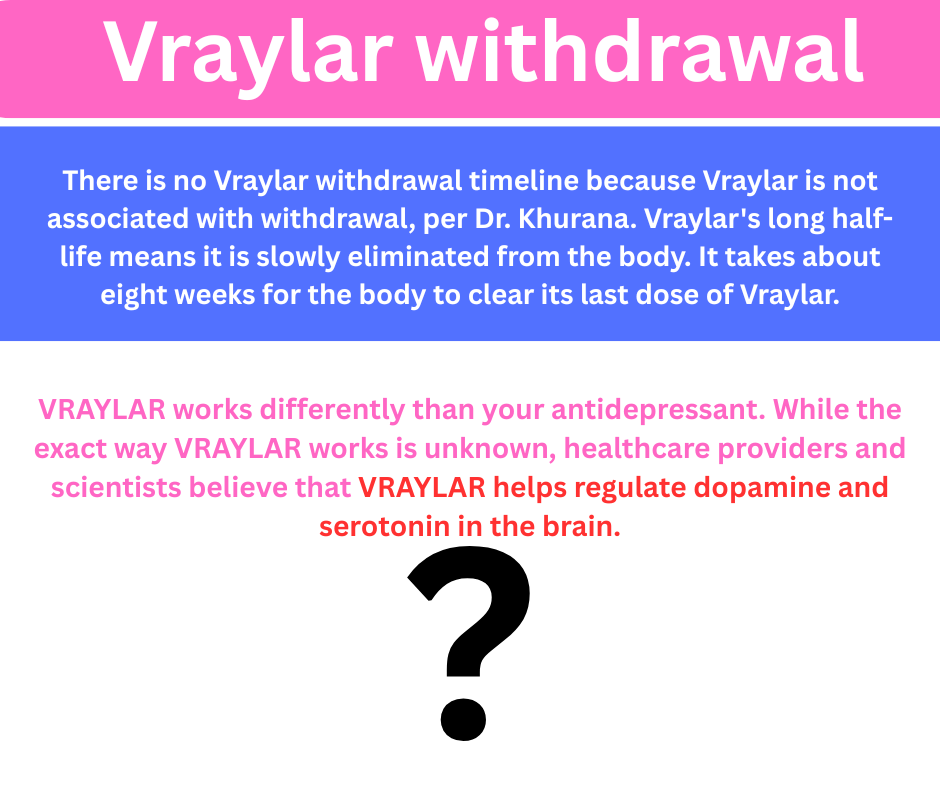Thiazolidinediones (TZD) Medication Class: A Patient-Friendly Guide
If you or a loved one are managing type 2 diabetes, you may have heard of a group of medications called thiazolidinediones, or TZDs for short. These medications help people control blood sugar by improving the way their body uses insulin. Let’s break down how they work, what their benefits are, and the potential side effects, so you can better understand whether they might be right for you.
How Do Thiazolidinediones Work?
The science behind TZDs can sound a little complex, but it boils down to this: your body needs insulin to move sugar from your blood into your cells, where it’s used for energy. However, in type 2 diabetes, your body often becomes resistant to insulin, meaning it doesn’t use it as efficiently.
This is where TZDs come in. These medications target certain receptors in your body called PPAR-gamma receptors that are found in fat, muscle, and liver cells. By activating these receptors, TZDs help your cells become more sensitive to insulin. This makes it easier for your body to regulate blood sugar levels.
Common Thiazolidinedione Medications
Here are two common medications in the thiazolidinedione class:
- Pioglitazone (Actos): This is one of the most commonly prescribed TZDs. It’s often used either on its own or in combination with other diabetes medications like metformin.
- Rosiglitazone (Avandia): While still available, this medication is less commonly prescribed these days due to concerns about potential heart-related side effects.
What Are the Benefits of Thiazolidinediones?
There are several reasons why your doctor might recommend a TZD:
- Improved Insulin Sensitivity: TZDs help your body use insulin more effectively, which can make a big difference in managing blood sugar levels.
- Long-lasting Effects: These medications can take some time to start working, but their effects tend to last for several months.
- Combination Therapy: TZDs can be used alongside other medications like insulin or metformin to improve overall blood sugar control.
Side Effects and Risks of TZDs
Like any medication, thiazolidinediones come with potential side effects. While many people tolerate them well, it’s important to be aware of the risks:
- Weight Gain: Some people notice an increase in weight, which is often due to fluid retention and changes in fat storage.
- Swelling: Fluid retention can also cause swelling in the legs or ankles, a condition called edema.
- Bone Fractures: Women, in particular, may face a higher risk of bone fractures when taking TZDs due to a reduction in bone density.
- Heart Failure: People with pre-existing heart issues need to be cautious, as TZDs can sometimes increase the risk of heart failure.
- Bladder Cancer: Long-term use of pioglitazone has been linked to a possible increased risk of bladder cancer. This risk is still being studied, so it’s something to discuss with your doctor.
Who Should Take Thiazolidinediones?
TZDs are typically prescribed for people with type 2 diabetes who haven’t been able to control their blood sugar through diet, exercise, and other medications. However, they aren’t suitable for everyone. If you have heart problems or liver disease, your doctor will likely recommend other treatment options due to the potential risks.
Should You Consider Thiazolidinediones?
Thiazolidinediones can be an effective part of a long-term diabetes management plan, but they do come with trade-offs. It’s important to have a detailed conversation with your healthcare provider about whether these medications are the right fit for you, considering both the benefits and the risks based on your individual health.
The Bottom Line
Living with type 2 diabetes involves making a lot of decisions, and choosing the right medication is one of the most important ones. Thiazolidinediones offer a valuable option for improving blood sugar control by tackling insulin resistance. But like any medication, they come with side effects that should be carefully considered.
If you think TZDs might be helpful for you, talk to your doctor. They can guide you through the process and ensure you’re making the best choice for your diabetes management plan.
Let me know if you have any questions about TZDs, or if you’d like to explore other diabetes management options.
